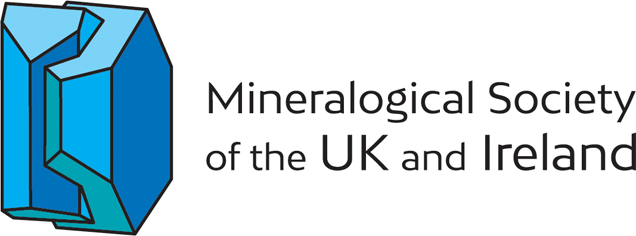Chapter 9. Impact of iron redox chemistry on nuclear waste disposal
by C.I. Pearce, K.M. Rosso, R.A.D. Pattrick and A.R. Felmy
For the safe disposal of nuclear waste, the ability to predict the changes in oxidation states of redox active actinide elements and fission products, such as U, Pu, Tc and Np is a key factor in determining their long term mobility. Both in the Geological Disposal Facility (GDF) near-field and in the far-field subsurface environment, the oxidation states of radionuclides are closely tied to changes in the redox condition of other elements such as iron. Iron pervades all aspects of the waste-package environment, from the steel in the waste containers, through corrosion products, to the iron minerals present in the host rock. Over the long period required for nuclear waste disposal, the chemical conditions of the subsurface waste package will vary along the entire continuum from oxidizing to reducing conditions. This variability leads to the expectation that redoxactive components such as Fe oxides can undergo phase transformations or dissolution; to understand and quantify such a system with respect to potential impacts on waste package integrity and radionuclide fate is clearly a serious challenge. Traditional GDF performance assessment models currently rely upon surface adsorption or single-phase solubility experiments and do not deal with the incorporation of radionuclides into specific crystallographic sites within the evolving Fe phases. In this chapter, we focus on the iron-bearing phases that are likely to be present in both the near and far-field of a GDF, examining their potential for redox activity and interaction with radionuclides. To support this, thermodynamic and molecular modelling is particularly important in predicting radionuclide behaviour in the presence of Fe-phases. Examination of radionuclide contamination of the natural environment provides further evidence of the importance of Fe-phases in far-field processes; these can be augmented by experimental and analogue studies.
Go to the table of contents for this book
Go to the Mineralogical Society’s online shop to buy a copy of the book from which this chapter is taken.
